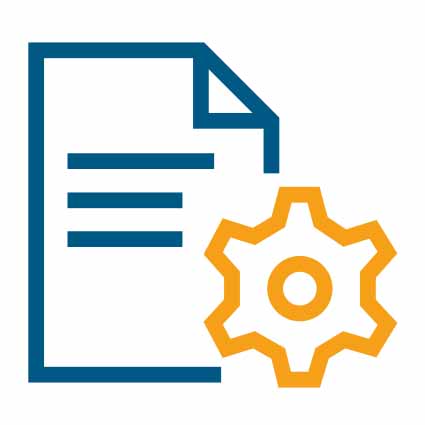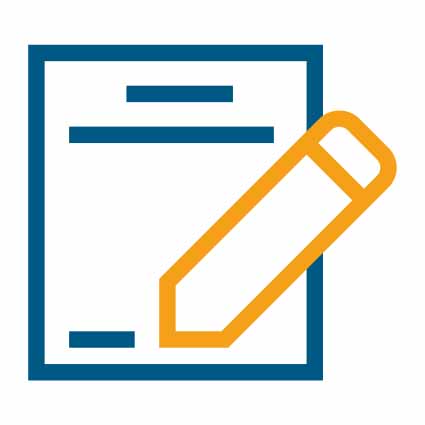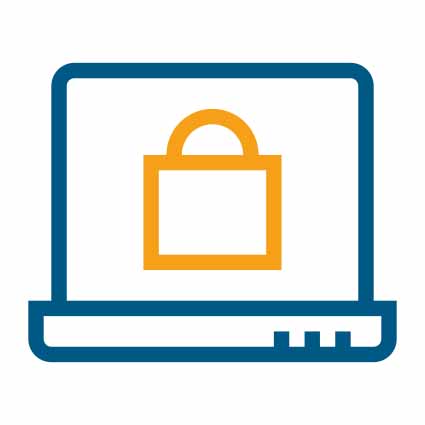Digitalization is central to ensuring compliance and efficiency in a world where data regulation is tightening. The penalties for breaching data protection laws and regulations are also becoming increasingly punitive, heightening the need for businesses to de-risk the way they store information.
This presents new challenges for how organizations across East Asia obtain, store and delete and/or destroy data. It also means HR, as the nexus for much of this data, is under increasing pressure to ensure legal compliance, underscoring the criticality of digitalizing much of that data, which largely exists as physical documents.
How technology can be leveraged to simplify HR?
GETTING STARTED: A HR DIGITIZATION ROADMAP

Undergo a data audit
Two key examples undertake a data audit to find out what data you have and where it is.
This is relevant no matter whether the data is physical, or electronically stored.

Decide if you want physical and digital data to exist alongside each other
For regions in which companies must keep documents in physical form because of government rules, there can still be digital solutions.
There is no reason why you cannot digitise those documents and have a box number associated to the original. When it is time for destruction, the system can alert you to destroy both physical and digital versions.

Scan your physical data into a digital archive and embrace ECM
For businesses which store a lot of information on paper, the only solution to get the process started is scanning.
This involves taking the physical information and turning into an electronic format so it can be accessed quickly, stored safely and automatically passed into an ECM system to kick off workflow systems.
For businesses which already have information stored electronically, for instance in an HRS (Human Resources Services) system such as Workday, the process begins by sending that data automatically into an overarching ECM which then manages workflows.
So, if you create a new file for a new employee in HRS, your new ECM system will automatically notify payroll. When they leave, it will notify payroll again, move the employee file from an active employ to an ex-employee and attach a retention policy to it so it is destroyed after a relevant amount of time. The systems work together.

Put a retention policy in place
How long you keep information is a big issue which touches both compliance and risk.
It vital that all information in a business is attached to a retention policy which sets a date for its secure destruction.
In general, information should not be kept for longer than is necessary, because it comes with risk – risk of it being lost, stolen or corrupted, for instance. It also comes at a price – the cost of storage, of being asked to find or edit it, or if it is kept too long.
There are also legal implications if information which must be kept by law is destroyed too soon. In the UK, most HR records need to be kept for a minimum of 10 years.
HR departments, however, are renowned for keeping records for longer than necessary.

Assess which HR functions are a priority
HR digital solutions start with the centralization of archived data before ECM delivers a range of workflows which branch off from there.
The system follows employees through their employment, starting with recruitment and ending with their retirement or exit from the business.
Not many companies do everything at once, however. They tend to start with the most basic information in the business, employee files, and add from there.
The most obvious timetable is to follow the employee path from recruitment to departure, adding functions as you go.
Ready to discover more? Download our whitepaper Simplifying HR Service Delivery now.






